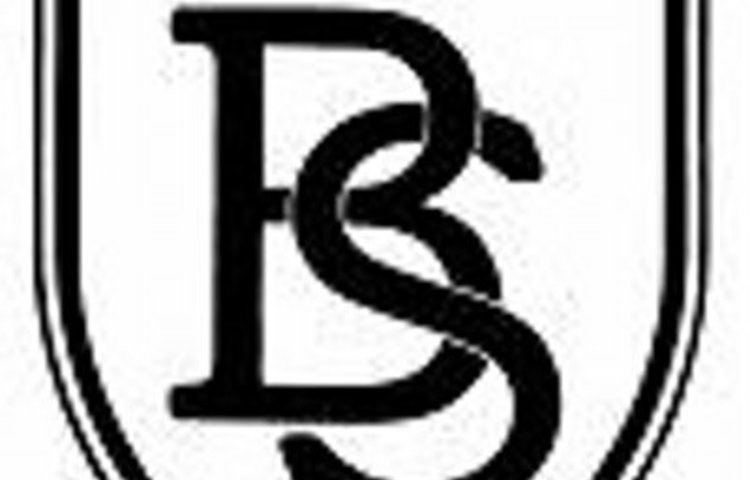Art

Art Curriculum Design Statement
Intent
We believe - as Picasso once said – that ‘every child is an artist’!
We want our Art curriculum to provide opportunities to inspire creativity in our pupils and to develop their skills and knowledge. We want our pupils to know about the works of great artists; develop their art skills; develop their language and understanding of art and use this to refine their own art practice. We want every pupil to mark make and create in order to explore, play and develop their skills and techniques in art.
Implementation
We have written our own progression map that sequences the skills and knowledge of art systematically. Our art curriculum ensures that skills are taught explicitly with our Art books being used as sketch books to develop throughout a pupils school journey. The sketchbook feel of our art books is fundamental to the work we do in lessons so that children get opportunities to explore, practice and play with key skills and techniques. We have carefully selected the artists, craft makers and designers so that pupils explore historical and cultural art forms. Some of our artists have been selected to deliberately link to our context. For example, Yr 6 exploring the work of Francine Houben the Dutch architect who designed the Birmingham library or Yr4 learning about Stephen Wiltshire who is a British Autistic Artist. Every year we ensure that pupils look at the 4 areas of art (drawing, painting, sculpture and craft and design) so that these can be revisited and skills can be built upon over time. Each new unit of work starts with an exploration of a great artist or historical art era in which pupils use the language of art to evaluate, analyse and learn about these art forms.
In creating our curriculum, we further unpicked the curriculum skills and techniques and broke these down into smaller steps which are sequential across the key stage. An example of this would be in line drawing where pupils build from one point perspective in year 5 to two point perspective in year 6. This supports teachers with subject knowledge and allows for skill progression and repetition. Across the key stage we provide a wide range of opportunities for pupils develop their art within a range of mediums.
Mini-plenaries, often taking the form of multiple choice quizzes or picture prompt vocabulary recaps, ensure that teachers skillfully elicit children’s understanding of curriculum content.
Impact
- We are confident that the consistency of this approach is strong with teachers working collaboratively and planning art as a team supported by the subject lead.
- Our art books are ‘sketch and observational’ books which show the development of skills and learning from artists and progression of skills are clear over time.
- Pupils experiment, invent and create their own works of art and make choices about the composition of their work and the materials they use.
- Pupils produce art work which is creative and of a high standard and our sketch books show clear progression and development across the key stage.
.png)
